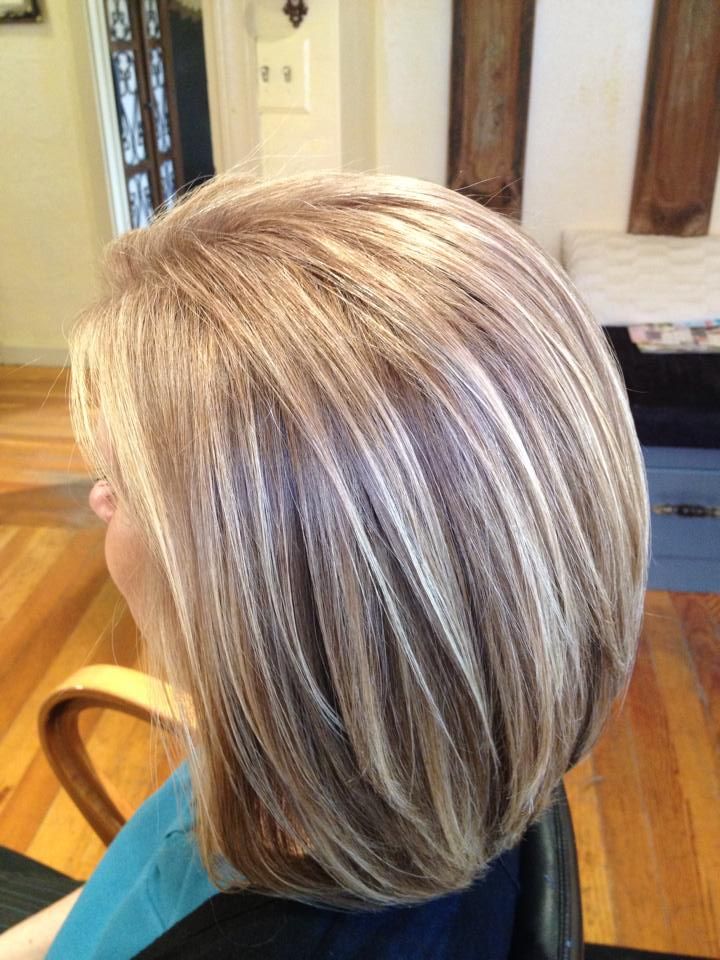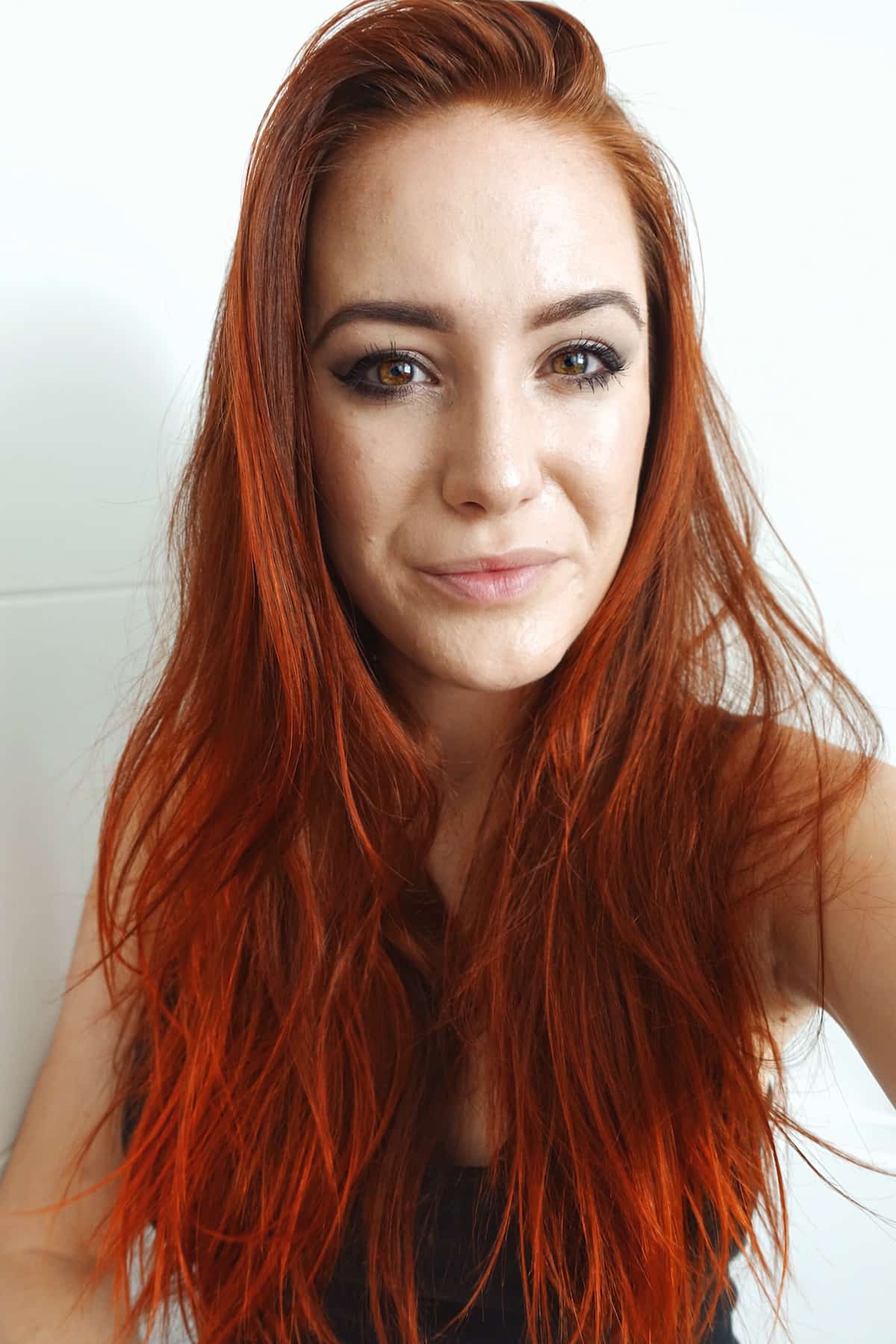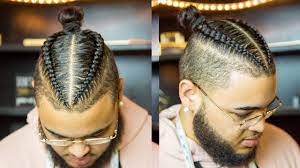
Gray blending can be challenging yet stunning when done correctly. Therefore, you must locate a stylist proficient in this technique.
One of the best ways to integrate gray hair with highlights is with baby highlights. This technique takes its cue from sun-kissed strands and creates a natural-looking gray transition.
High-Low Highlights
Gray blending techniques utilize a mix of light-colored and dark highlights to produce a natural-looking result, ideal for those seeking a natural look, whether originally blonde or brunette. Stylists hand paint highlights and lowlights throughout clients’ hair to achieve this color effect; highlights tend to be lighter than their base colors to help soften gray strands by weaving dimension into them. Lowlights are darker than their base colors, helping to break up more delicate strands by adding depth. For maximum effects, opt for cool-toned highlights like silver or ash blonde.
No matter which technique you select for coloring your locks – from foil highlights or the balayage method – be sure to speak to your colorist about how best to care for it between appointments. Protein treatments and moisture-rich hair masks such as Redken’s Color Extend Magnetics Mega Mask may help strengthen strands as they take on new hues – the key to beautiful locks regardless of shade!
Ombre Highlights
Gray hair blending offers an alternative, low-maintenance solution. Your colorist will highlight only those strands near your gray roots to cover them in cool-toned colors like silver and platinum for maximum natural blending without creating that stark line between the greys growing out entirely and other areas (the “skunk stripe,” as my mother would refer to it). Balayage is a practical choice for gray blending as it doesn’t rely on foils to lift the color, creating a more natural and less harsh appearance than when juxtaposed against regrowth lines. However, suppose you prefer something bolder or have many grays in your roots and ends. In that case, your stylist may suggest using darker brown highlights to cover these greys and using balayage techniques to add texture and dimension while softening any harsh regrowth lines.
Lowlights
Lowlights provide the most natural approach to covering gray hair with highlights: this technique involves lightening darker strands than your base color and weaving them throughout your strands for dimension while disguising gray strands. Foil highlights are an increasingly popular way to apply highlights, while balayage offers a less intrusive solution with fewer foils required. When coloring gray hair with highlights, however, the critical factor should always be health; protein treatments and bond-building products may help your locks keep their color longer than ever. If you’re going gray, this can be a low-maintenance approach that prevents “skunk stripe” around your hairline as you grow it out. Plus, this gives you time between salon visits to keep your locks in top condition!
Gloss Treatments
Suppose you want a natural transition when transitioning to gray hair. In that case, gloss treatments are an ideal way to make the process less noticeable and extend between color touch-ups by masking any apparent gray roots. They provide low-maintenance solutions while seamlessly helping gray strands blend into their base shade. Stylists using the freehand balayage technique can create customized treatments for their clients that help meet their desired goals. By hand-painting lighteners onto small sections of hair, they may add lowlights for more coverage as needed. For those who prefer a less drastic approach, IGK’s gloss treatment is an easy way to add shine and a subtle glow without going full-on highlights. Packed with ingredients like amla oil, sea kelp extract, and sunflower seed oil – which impart healthy-looking effects when applied over bleached strands – it is perfect as a weekly treatment or whenever a client desires an instant boost of shine and glow!

